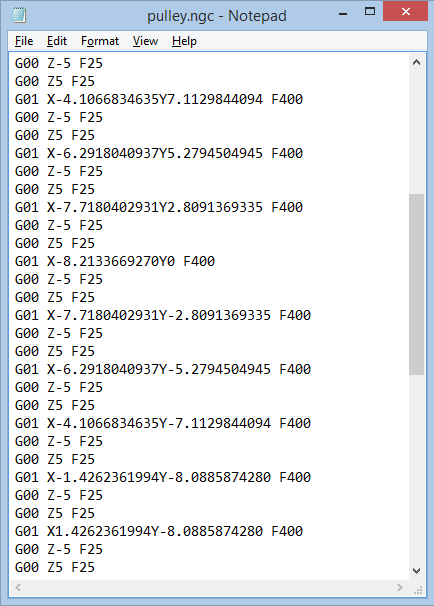


For example: a tool vector command of G01 X10. So, what is a tool vector? Tool vectors are simply IJK values in a program, added to the end of an XYZ position, that determine what angle and direction the tool should tilt away from the commanded XYZ position. If we configure the post to translate every move into an A-axis, B-axis, or C-axis command, then the post processor will have to do more work - and will in turn be more complex and will take more time to configure and test. Therefore, it would stand to reason that a post processor that can simply output these previously created moves, without having to translate them, would be much simpler to create. When programming a 5-axis toolpath using a CAM system, the software will automatically compute the commanded moves internally using tool vectors.

Tool vectors can also make post processor creation easier as well. This freedom allows the same part program to be shared among several different machines in the shop – regardless of the machine configuration – and can offer a tremendous amount of freedom when scheduling jobs on the shop floor. Since we aren’t commanding any specific axis callout (A, B, or C) the machine is free to use whatever axes it has available, to position the tool to its commanded position and tilt angle. Using IJK tool vectors makes the program independent of any particular machine configuration. Although each one has its pros and cons, I would prefer to configure a postprocessor to output these rotary commands as IJK tool vectors, instead of the more common ABC axis rotary angles, if given a choice. We can output the data using either rotary angles, or tool vectors. When programming in 5-axis, we have two distinct options that we can use to command rotary moves and positions.


 0 kommentar(er)
0 kommentar(er)
